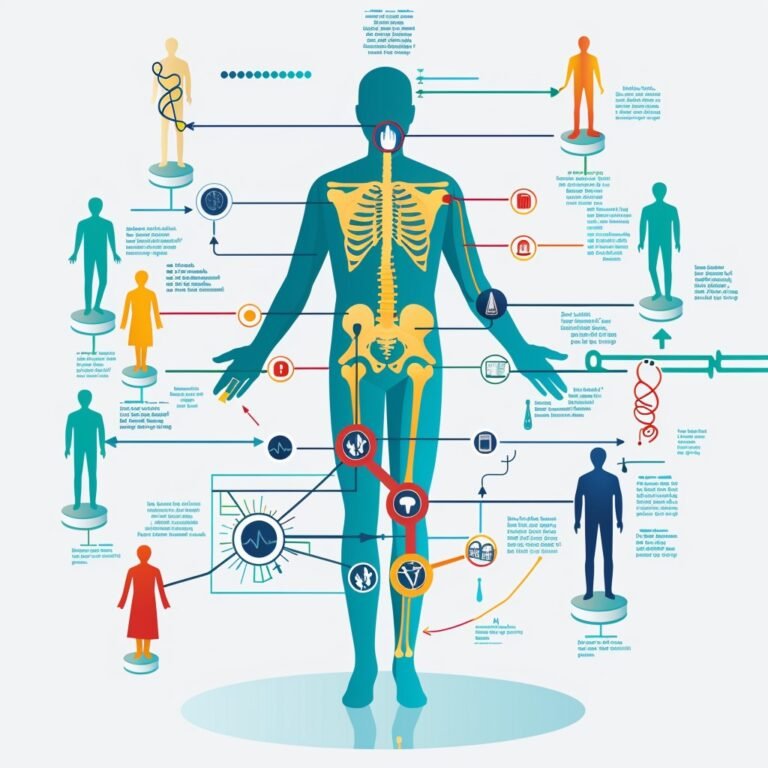Ask Yourself Why.The Double-tailed Nature of Useful Resources
There are many instances in which we fail to take into account the dual nature of the instruments, devices, and policies that we rely on in our day-to-day lives. Despite the fact that certain materials might be extremely useful, there are circumstances in which they might also be harmful. After working in an organizational setting for more than twenty years, I felt compelled to offer my insight, which begins with ten essential examples of resources and how the efficacy of these resources changes dramatically depending on intention and situation.
- Smartphones let us stay in touch with people and information around the world at any time. But they also let harassment and distractions in, which hurts our ability to concentrate and get along with others.
- Social media sites can bring people together and give them a say. There are, however, places where false information and disagreement can grow, which weakens the very understanding we want to build.
- Drones are a great example of how creative we can be. They are used for everything from farming to rescue missions. When they are not used properly, they can be annoying or even dangerous, putting people’s safety and privacy at risk.
- Pharmaceuticals save lives and make people healthier, but they can also be abused and become addicting. This shows how thin the line is between a cure and a poison.
- Cars are the best way to get around, but their power can be used recklessly (pun intended), and careless driving causes unnecessary deaths.
- Encryption keeps our digital lives safe, but it also hides bad things like hacking and terrorism, making it harder for police and security agencies to do their jobs.
- AI changes businesses and helps people make better decisions, but when it’s used in the wrong way, it raises privacy, ethics, and employment concerns.
- Video surveillance makes places safer and deters crime, but too much tracking can be annoying and invade your privacy, which is what it is supposed to do.
- Financial tools make life easier and give people more control over their money, but they can also be used for scams and to change the economy.
- 3D printing makes manufacturing more accessible to more people, but it also makes it easy to make illegal goods, like fake goods and guns that cannot be tracked.
This dual nature extends to organizational tools such as anonymous reporting systems, which are examples of organizational tools. These safeguards are important in order to protect individuals who exercise bravery in the face of potential professional blacklisting and possible ruin, and to guarantee that organizations and institutions function in an ethical manner. They are intended to be effective in protecting individuals from retaliation while also fostering transparency and accountability, and they are expected to be effective. Unfortunately, it is deeply troubling and concerning to see how these very same tools can be exploited in a manner that is not compatible with their intended purpose. Rather than serving as shields for those who are vulnerable, they are sometimes employed as swords by persons who are harboring personal grudges, unresolved traumas, and/or concerns that have not been brought to a satisfactory resolution.
The misuse of these processes has the effect of distorting the spirit of the processes themselves. Is it now an increasing trend or becoming more common for anonymous reporting systems to function as vehicles for personal prejudices and workplace grudges, rather than the safe and just environments that they were supposed to provide. Perhaps this has always existed, and this post is moot. That said, if this is an increasing trend, we should pay attention too it and try to understand and course-correct it. Misuse is how good policies and programs get axed, and hence the adage, “This is why we can’t have nice things.” This not only undermines the trust and safety that they are intended to uphold within institutions and corporations, but it also constitutes a misapplication of the function that they are supposed to perform.
To be clear, I am not here to legislate or list what is or is not appropriate. The fact that the good ends that these resources are aiming to achieve are being eroded is a very depressing thing to witness. This is meant to stimulate personal reflection on an individual level.
In response to these challenges, I encourage everyone within an organizational environment to reflect on the THINK acronym before using communication or reporting tools: T – Is it True? H – Is it Helpful? I – Is it Inspiring? N – Is it Necessary? K – Is it Kind? This simple but effective strategy can foster a more thoughtful and ethical use of tools, ensuring they contribute positively to our workplace cultures.

In the face of the many challenges we are navigating, it is of the utmost importance that we make every effort to preserve the integrity of these programs, resources, and policies. We need to make sure that they are used in the way that they were intended to be used in order to protect, restore, and build trust rather than to do harm or to deceive. It is impossible to overestimate the significance of this balance as we move forward, taking into consideration the diverse character of human motives and the power of the resources that are available to us.
Reflective Questions
- How can we reform organizational tools to minimize misuse while still protecting those who genuinely need them?
- What steps can we take to heal the organizational culture so that tools designed to protect do not become weapons of personal conflict?




![The Laws of [Social] Motion: Applying Newton’s Second Law to Systemic Racism and Inequality](https://arianlbryant.com/wp-content/uploads/2023/03/image0.png)


